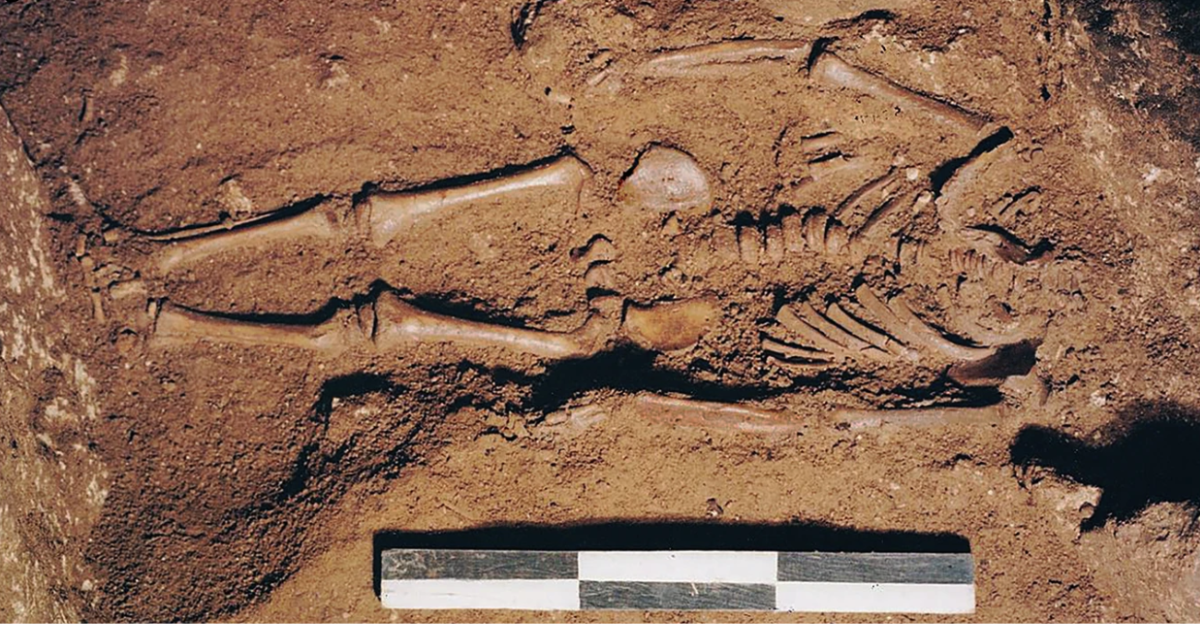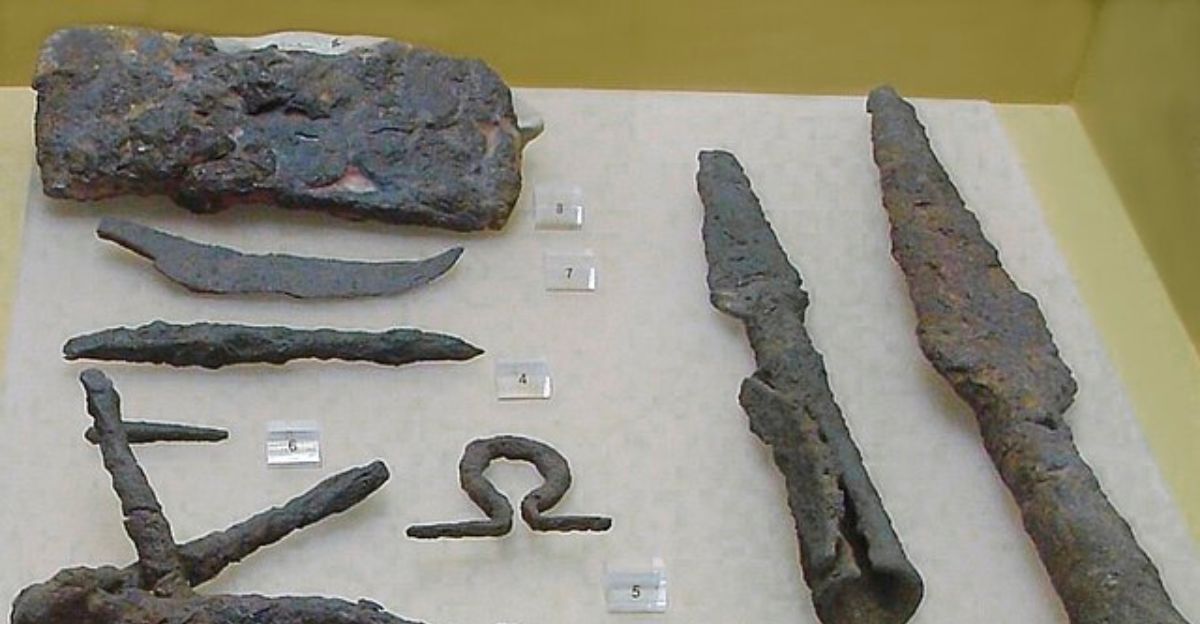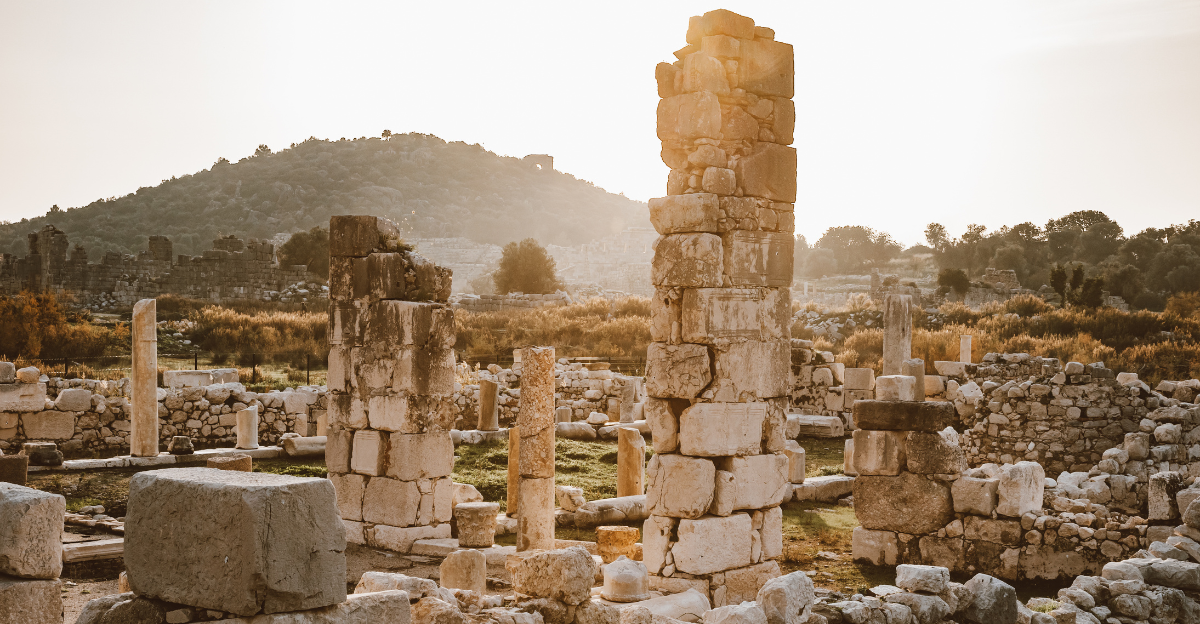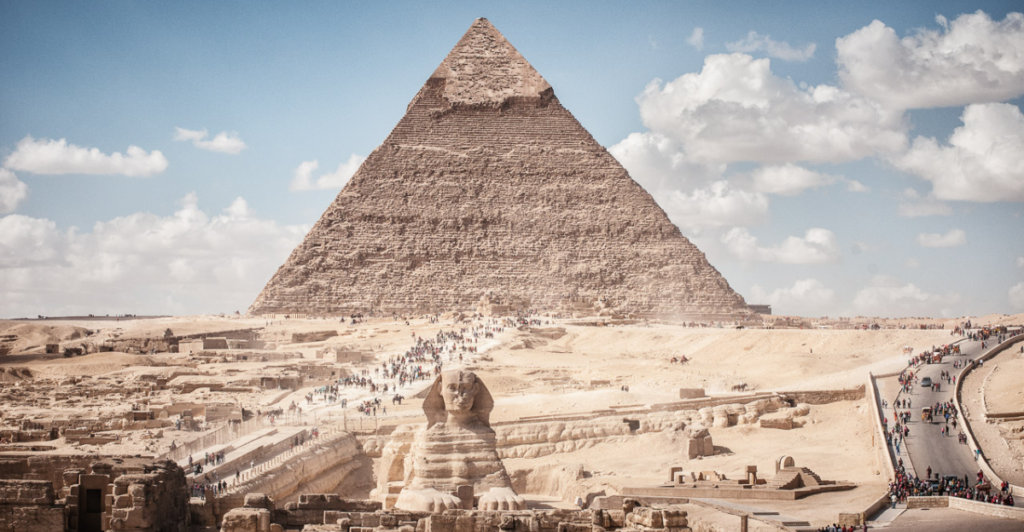
The Pyramids of Giza have never ceased to amaze tourists with their grandeur and mysteries. Now, a new study has sparked international interest by asserting the discovery of a massive underground tunnel system under Egypt’s Giza pyramids, supposedly extending over 6,500 feet wide and 2,000 feet beneath the earth—twice the height of the Eiffel Tower. The finding, based on cutting-edge radar technology, proposes a sophisticated system that contradicts our previous understanding of the purpose of the pyramids. Yet, specialists are questioning whether or not the discovery is genuine.
The Discovery Unveiled
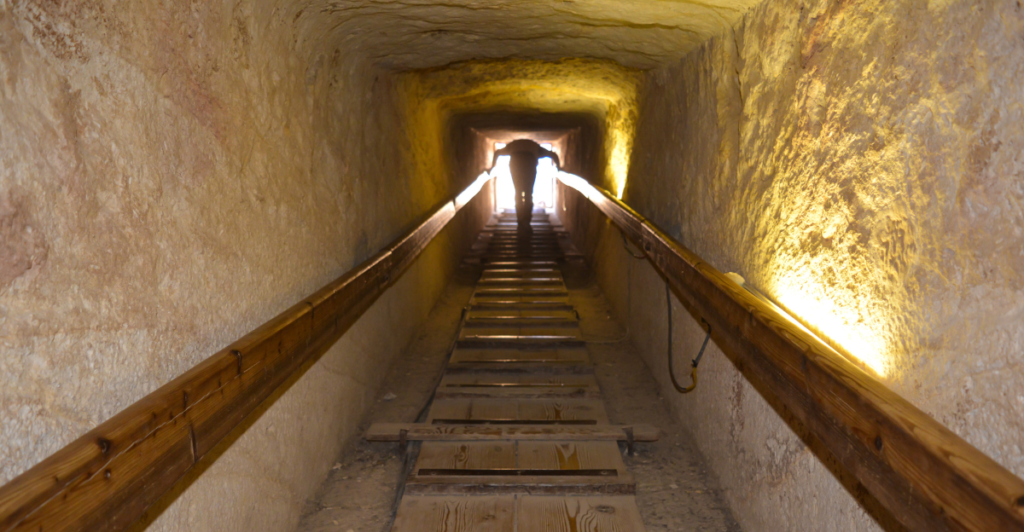
In March 2025, Italian and Scottish scientists Corrado Malanga and Filippo Biondi announced that they had discovered extensive underground structures beneath the Giza Plateau. Using synthetic aperture radar (SAR) technology, they identified what appeared to be a network of chambers and shafts beneath the Pyramid of Khafre. The findings generated a lot of interest in the scientific community as well as some skepticism.
What the Researchers Uncovered

The researchers believe that they have identified a water system beneath the platform, located more than 2,100 feet below the Khafre Pyramid, with pathways leading further down. Additionally, Malanga and Biondi claim that they have uncovered large vertical shafts with spiral staircases and substantial limestone platforms containing two sizable chambers with descending channels resembling pipelines.
Decoding the Technology

SAR technology, initially created for military applications, provides high-resolution imaging of underground structures. By emitting radar signals and analyzing their reflections, researchers can detect anomalies beneath the ground. In this case, SAR appears to have revealed eight large vertical features, possibly wells or shafts, that extended deep below the pyramid’s structure.
Possible Links to Egyptian Mythology
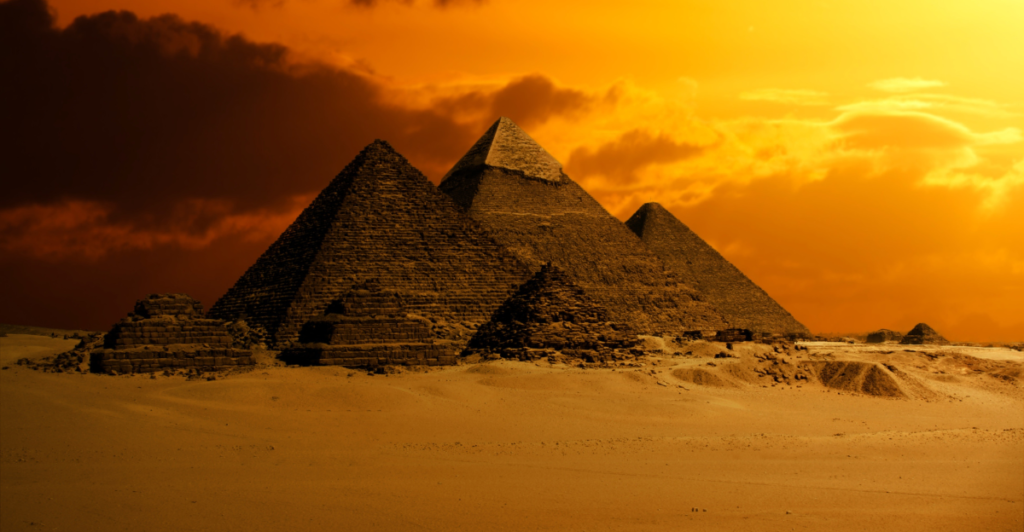
The researchers suggested that these subterranean features might be the legendary Halls of Amenti—a mythical underworld in ancient Egyptian mythology, said to house deceased souls and store great wisdom. They also suggested that the chamber could be that of the fabled “Hall of Records”—a legend in ancient Egyptian lore of a hidden chamber containing extensive historical records and knowledge about the ancient civilization. This, however, is mere speculation and is currently not widely accepted by Egyptologists.
Experts are Skeptical
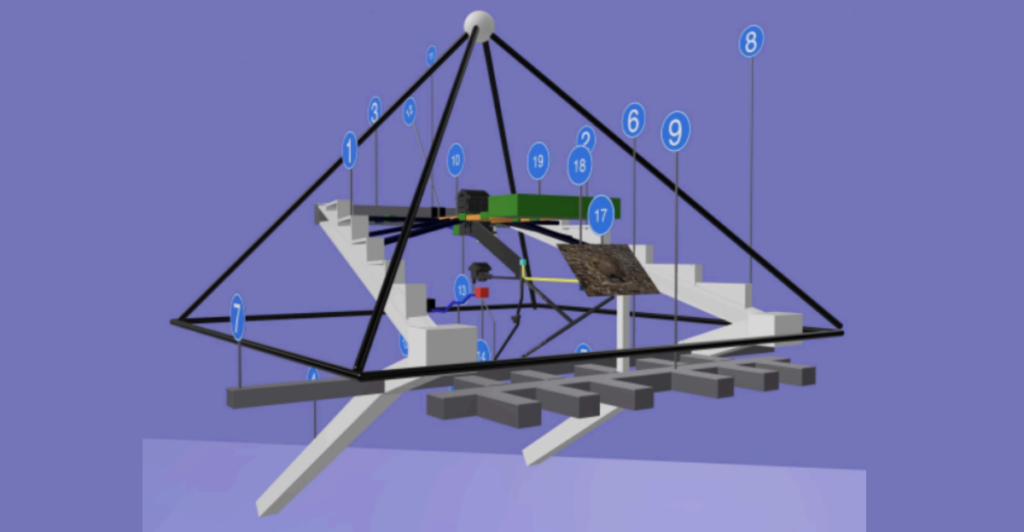
However, prominent archaeologists, such as Dr. Zahi Hawass, have denounced these claims as “fake news.” They disapprove of the methods used to identify the chamber and the absence of peer-reviewed evidence. They contend that SAR technology is not capable of detecting structures at such depths with any certainty, warning against sensational interpretations in the absence of significant archaeological verification.
The Value of Peer Review
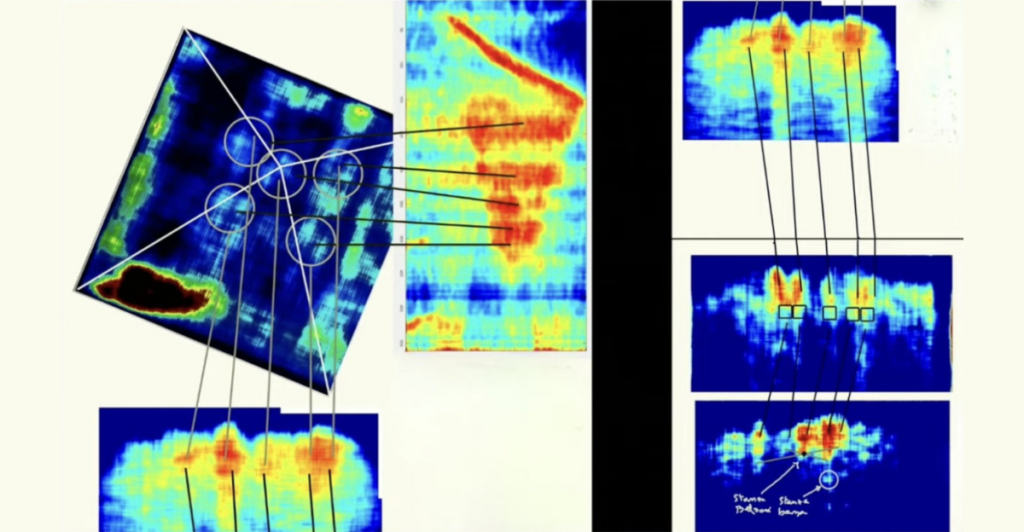
Scientific methods rely on peer reviews to validate findings. Claims without this type of review are not seen as valid and can hinder legitimate breakthroughs. The archaeological community emphasizes adhering to established research protocols to uphold scholarly integrity. Since the findings have yet to be peer-reviewed, excavation permissions are uncertain.
Historical Precedents

Finding hidden rooms in the pyramids is not new. In 2017, researchers using muon-detecting sensors found a void in the Great Pyramid of Giza. That finding, in contrast to the new claims, was published in a peer-reviewed journal and accepted by the scientific community. However, the purpose of the hidden room is still unknown.
Implications for Archaeology
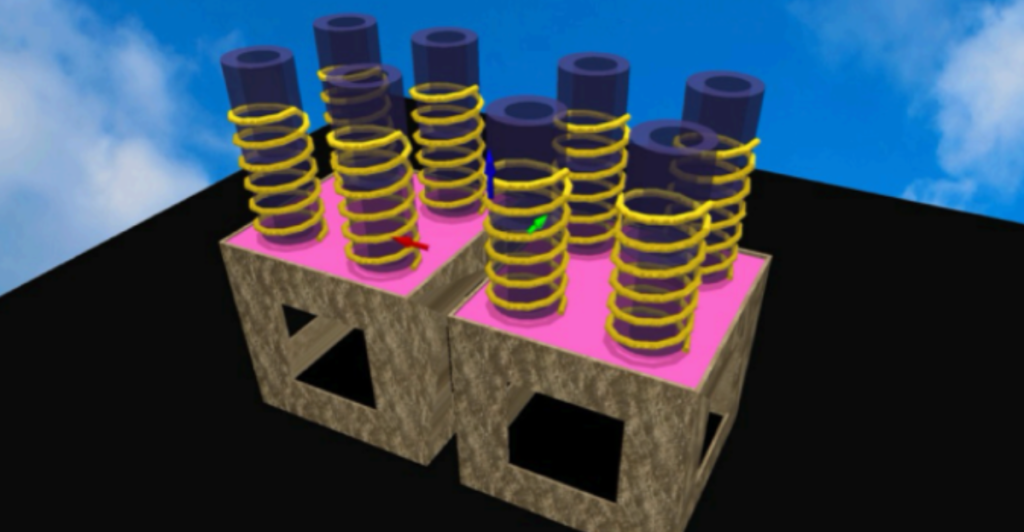
If true, the existence of massive underground structures would rewrite the history of Egyptian engineering and burial practices in ancient times. However, further investigation might prove hard as Egypt has a history of restricting digs that challenge official narratives. Without concrete evidence, focusing on such findings may distract from and divert resources away from more legitimate research endeavors.
Moving Forward
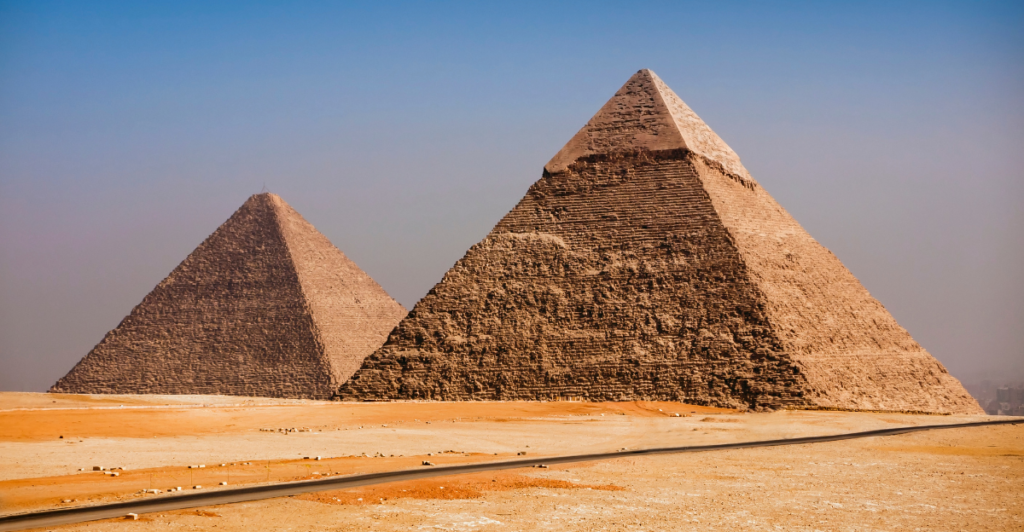
While the notion of a vast underground city beneath the pyramids of Giza is tantalizing, it remains unsubstantiated speculation at present. Therefore, the future of this expedition lies in an open approach, a peer-reviewed journal, and cross-disciplinary cooperation to unlock the secrets that may or may not lie beneath the Pyramids of Giza.
Sources
Scientists who discovered ‘vast city’ underneath Egypt’s Giza pyramid reveal new secrets about mysterious structures
There’s a ‘vast underground city’ below Egypt’s Giza pyramids, scientists’ wild theory claims — but experts debunk it as ‘fake news’



